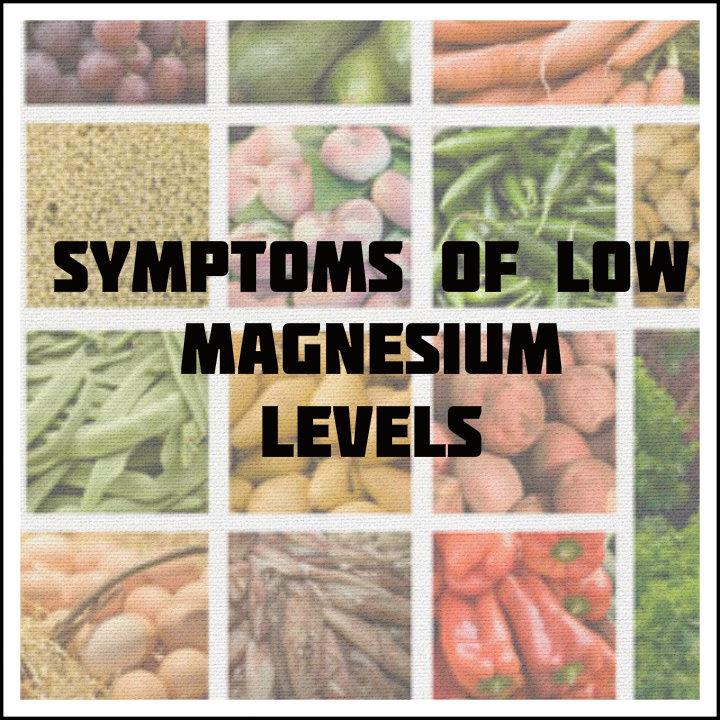Low magnesium level elevates risk of strokes and depression. Really? How are they connected?
 Mary Ackerley, MD, explains that “studies have suggested that magnesium is inversely related to hypertension, which is a risk factor for stroke.” Research has demonstrated that “for every increase in magnesium intake of 100 mg per day total stroke risk was reduced by 8 percent. In addition American’s with levels below the RDA are more likely to have an elevated C Reactive Protein (CRP), which also contributes to cardiovascular risk. Studies have shown a clear correlation between magnesium intake and depression and anxiety”.
Mary Ackerley, MD, explains that “studies have suggested that magnesium is inversely related to hypertension, which is a risk factor for stroke.” Research has demonstrated that “for every increase in magnesium intake of 100 mg per day total stroke risk was reduced by 8 percent. In addition American’s with levels below the RDA are more likely to have an elevated C Reactive Protein (CRP), which also contributes to cardiovascular risk. Studies have shown a clear correlation between magnesium intake and depression and anxiety”.
Could YOU be low in magnesium? Up to 80% of Americans are. Why? Well, certain medications block absorption of magnesium – such as stomach acid blockers called proton pump inhibitors (Prilosec, Prevacid, Nexium), steroids, birth control pills, insulin, Digitalis, antibiotics and diuretics (water pills).
Also, soils have become depleted in mineral content. Actually, vegetables, nuts and seeds grown organically in enriched soil have about twice the level of magnesium that inorganically grown produce does.
 What does low magnesium look like healthwise? Magnesium is critical for cardiovascular health. Also, low magnesium symptoms include:
What does low magnesium look like healthwise? Magnesium is critical for cardiovascular health. Also, low magnesium symptoms include:
- Anxiety
- Depression
- Constipation
- Twitches
- Headaches
- Migraines
- High Blood Pressure
- Restless Legs
Increasing fatigue, poor memory and insomnia can also indicate low magnesium. Low magnesium can also be a contributing factor to postmenopausal osteoporosis.
What to do? Ask your physician to check your magnesium level (a test most insurance covers) if you suspect you might be low. The proper test is called the RBC Magnesium test. If you are low, it is simple to supplement with 150 mg to 300mg magnesium citrate or glyccinate or dimagnesium malate until RBC magnesium levels return to health.
 Also, why not try increasing your dietary intake? How about salads and nuts? A healthy plant based organic diet typically supplies about 150 mg magnesium, while the standard American diet (which includes processed foods, processed grains, high sugar and saturated fats) provides about 75 mg. The best solution is to eat more leafy green vegetables and nuts!
Also, why not try increasing your dietary intake? How about salads and nuts? A healthy plant based organic diet typically supplies about 150 mg magnesium, while the standard American diet (which includes processed foods, processed grains, high sugar and saturated fats) provides about 75 mg. The best solution is to eat more leafy green vegetables and nuts!
 Mary Ackerley, MD, explains that “studies have suggested that magnesium is inversely related to hypertension, which is a risk factor for stroke.” Research has demonstrated that “for every increase in magnesium intake of 100 mg per day total stroke risk was reduced by 8 percent. In addition American’s with levels below the RDA are more likely to have an elevated C Reactive Protein (CRP), which also contributes to cardiovascular risk. Studies have shown a clear correlation between magnesium intake and depression and anxiety”.
Mary Ackerley, MD, explains that “studies have suggested that magnesium is inversely related to hypertension, which is a risk factor for stroke.” Research has demonstrated that “for every increase in magnesium intake of 100 mg per day total stroke risk was reduced by 8 percent. In addition American’s with levels below the RDA are more likely to have an elevated C Reactive Protein (CRP), which also contributes to cardiovascular risk. Studies have shown a clear correlation between magnesium intake and depression and anxiety”.
Could YOU be low in magnesium? Up to 80% of Americans are. Why? Well, certain medications block absorption of magnesium – such as stomach acid blockers called proton pump inhibitors (Prilosec, Prevacid, Nexium), steroids, birth control pills, insulin, Digitalis, antibiotics and diuretics (water pills).
Also, soils have become depleted in mineral content. Actually, vegetables, nuts and seeds grown organically in enriched soil have about twice the level of magnesium that inorganically grown produce does.
 What does low magnesium look like healthwise? Magnesium is critical for cardiovascular health. Also, low magnesium symptoms include:
What does low magnesium look like healthwise? Magnesium is critical for cardiovascular health. Also, low magnesium symptoms include:
- Anxiety
- Depression
- Constipation
- Twitches
- Headaches
- Migraines
- High Blood Pressure
- Restless Legs
Increasing fatigue, poor memory and insomnia can also indicate low magnesium. Low magnesium can also be a contributing factor to postmenopausal osteoporosis.
What to do? Ask your physician to check your magnesium level (a test most insurance covers) if you suspect you might be low. The proper test is called the RBC Magnesium test. If you are low, it is simple to supplement with 150 mg to 300mg magnesium citrate or glyccinate or dimagnesium malate until RBC magnesium levels return to health.
 Also, why not try increasing your dietary intake? How about salads and nuts? A healthy plant based organic diet typically supplies about 150 mg magnesium, while the standard American diet (which includes processed foods, processed grains, high sugar and saturated fats) provides about 75 mg. The best solution is to eat more leafy green vegetables and nuts!
Also, why not try increasing your dietary intake? How about salads and nuts? A healthy plant based organic diet typically supplies about 150 mg magnesium, while the standard American diet (which includes processed foods, processed grains, high sugar and saturated fats) provides about 75 mg. The best solution is to eat more leafy green vegetables and nuts!





Recent Comments